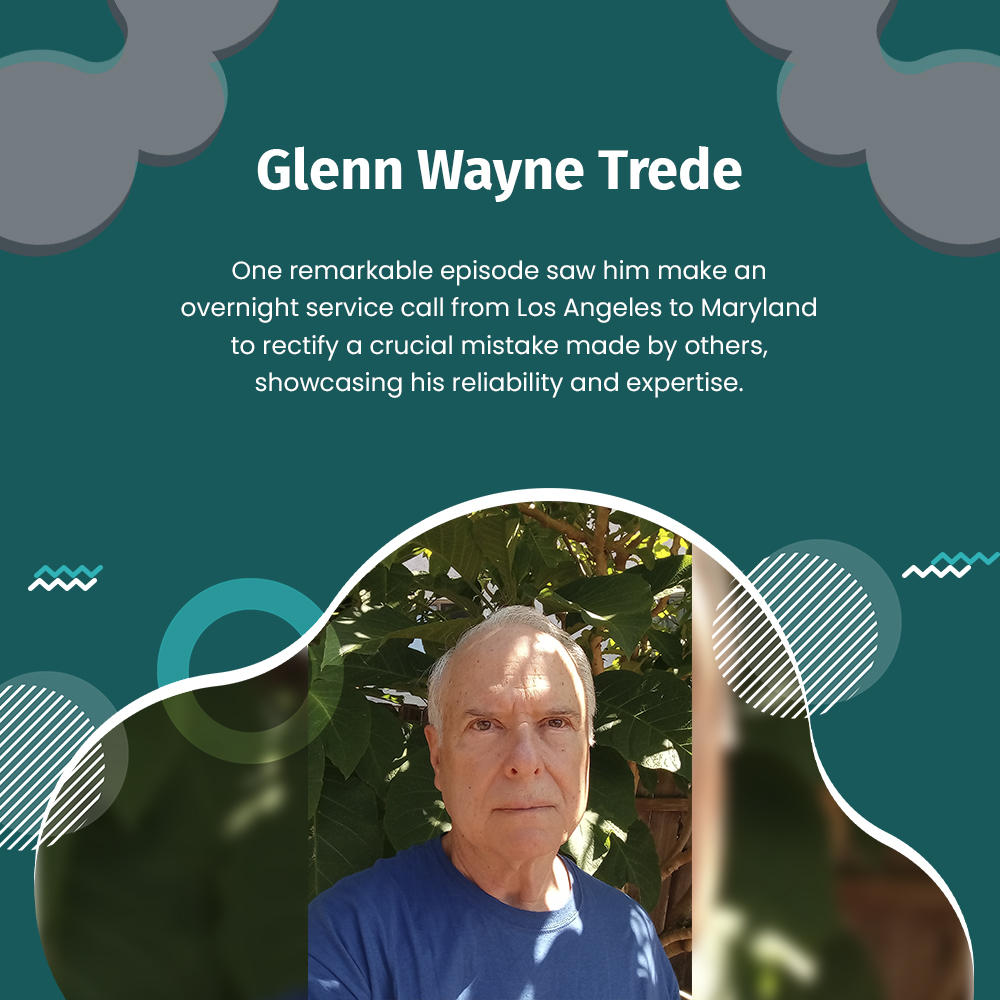
In an age dominated by technology and digital innovation, the ancient practice of meditation finds itself undergoing a remarkable transformation. As more people seek ways to integrate mindfulness into their hectic lives, the marriage of yoga with cutting-edge technology has emerged as a promising solution. This fusion not only democratizes access to meditation but also enhances its efficacy and depth. Join us as we embark on a journey to explore how technology is revolutionizing meditation, ushering in a new era of mindfulness and self-discovery.
The Convergence of Yoga and Technology
Yoga, with its roots in ancient Indian philosophy, has long been revered as a pathway to spiritual enlightenment and inner peace. Traditionally, the practice of yoga involved physical postures (asanas), breathwork (pranayama), and meditation (dhyana) to cultivate a union between body, mind, and spirit. However, in today’s fast-paced world, many individuals need help finding the time and discipline to maintain a regular yoga practice.
Enter technology—a powerful ally in the quest for mindfulness and well-being. From smartphone apps to wearable devices, technology has revolutionized the way we approach meditation, making it more accessible, personalized, and engaging than ever before. With just a few taps on a screen or a simple command to a virtual assistant, individuals can access guided meditations, yoga classes, and mindfulness exercises anytime, anywhere.
The Rise of Meditation Apps
One of the most significant developments in the realm of tech-enhanced meditation is the proliferation of meditation apps. These apps offer a wide range of features, including guided meditations, ambient sounds, breathing exercises, and sleep aids, all designed to help users relax, focus, and unwind. With user-friendly interfaces and customizable options, meditation apps cater to individuals of all ages and experience levels, from beginners to seasoned practitioners.
Moreover, many meditation apps leverage advanced technologies such as artificial intelligence (AI) and machine learning to personalize the meditation experience for each user. By analyzing user data and feedback, these apps can tailor their recommendations and content to suit the unique needs and preferences of each individual. Whether you’re looking to reduce stress, improve sleep, or cultivate mindfulness, there’s a meditation app out there to meet your needs.
Virtual Reality and Immersive Experiences
Another exciting frontier in the realm of tech-enhanced meditation is the use of virtual reality (VR) and augmented reality (AR) to create immersive meditation experiences. VR meditation apps allow users to transport themselves to tranquil landscapes, serene forests, or peaceful mountain retreats—all from the comfort of their own homes. By donning a VR headset, users can immerse themselves in these virtual environments, free from the distractions of the outside world.
AR meditation apps, on the other hand, overlay digital images and animations onto the real world, creating a mixed-reality experience that blends the physical and digital realms. Whether you’re meditating in your living room or taking a walk in nature, AR meditation apps can enhance the meditative experience with visual and auditory cues, guiding you toward a state of deep relaxation and inner peace.
Biofeedback and Wearable Devices
In addition to apps and virtual reality, biofeedback, and wearable devices are revolutionizing the way we approach meditation and mindfulness. EEG headbands, heart rate monitors, and biofeedback apps can track physiological indicators of stress and relaxation, providing users with real-time feedback and analysis during their meditation practice. By monitoring metrics such as brainwave activity, heart rate variability, and galvanic skin response, these devices help users understand their body’s response to stress better and learn how to regulate their nervous system.
Moreover, wearable devices can also enhance the meditative experience by providing haptic feedback and sensory stimulation. For example, wearable meditation cushions equipped with vibrational motors can provide gentle vibrations to guide users’ breathing and promote relaxation. Similarly, wearable meditation trackers with built-in biosensors can detect changes in posture and movement, reminding users to maintain proper alignment and focus during their practice.
Challenges and Considerations
While tech-enhanced meditation offers many potential benefits, it also raises several challenges and considerations that practitioners should be aware of. One concern is the potential for technology to become a distraction rather than a facilitator of mindfulness and presence. With so many bells and whistles, users may find themselves more focused on the technology itself than on their inner experience.
Moreover, the rapid pace of technological innovation can make it difficult for users to discern which tools and techniques are truly effective and beneficial. With new apps, devices, and platforms constantly entering the market, it can be overwhelming to navigate the landscape of tech-enhanced meditation and determine which tools are worth investing time and energy into.
Another consideration is the potential for technology to disrupt the traditional teacher-student relationship that has been central to meditation and yoga practices for centuries. While guided meditations and instructional videos can be valuable resources, they must maintain the wisdom and guidance of an experienced teacher or guru. As we embrace technology as a complement to our meditation practice, it is essential to remember the importance of human connection and community in the journey of self-discovery and spiritual growth.
The fusion of yoga with cutting-edge technology offers a promising pathway to mindfulness and self-discovery in our digital age. By harnessing the power of smartphones, wearable devices, and virtual reality, we can deepen our meditation practice, enhance our well-being, and cultivate inner peace and harmony. As we continue to explore the potential of tech-enhanced meditation, let us remain mindful of the need to balance innovation with tradition, embracing new tools and techniques while honoring the timeless wisdom of ancient yogic traditions.